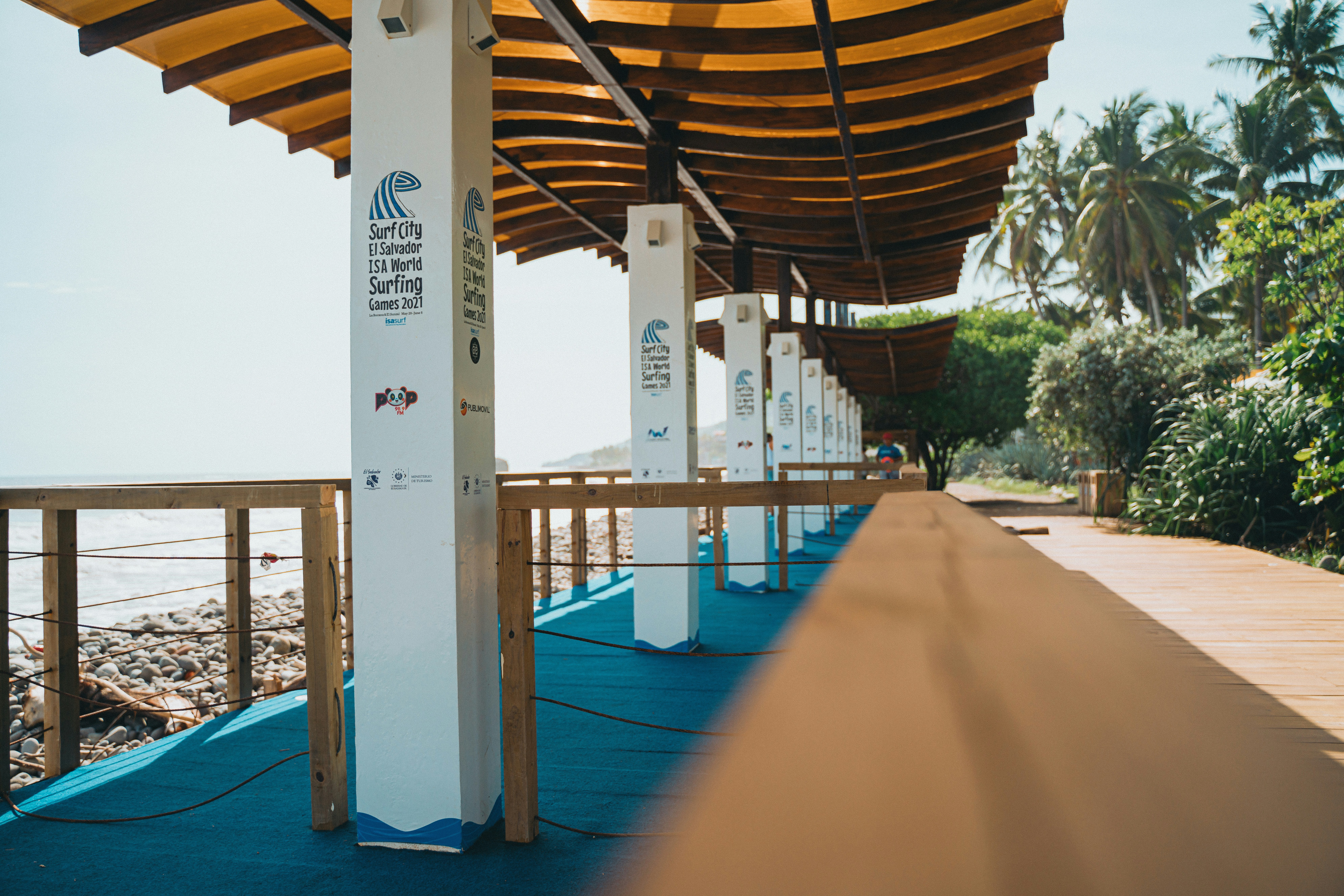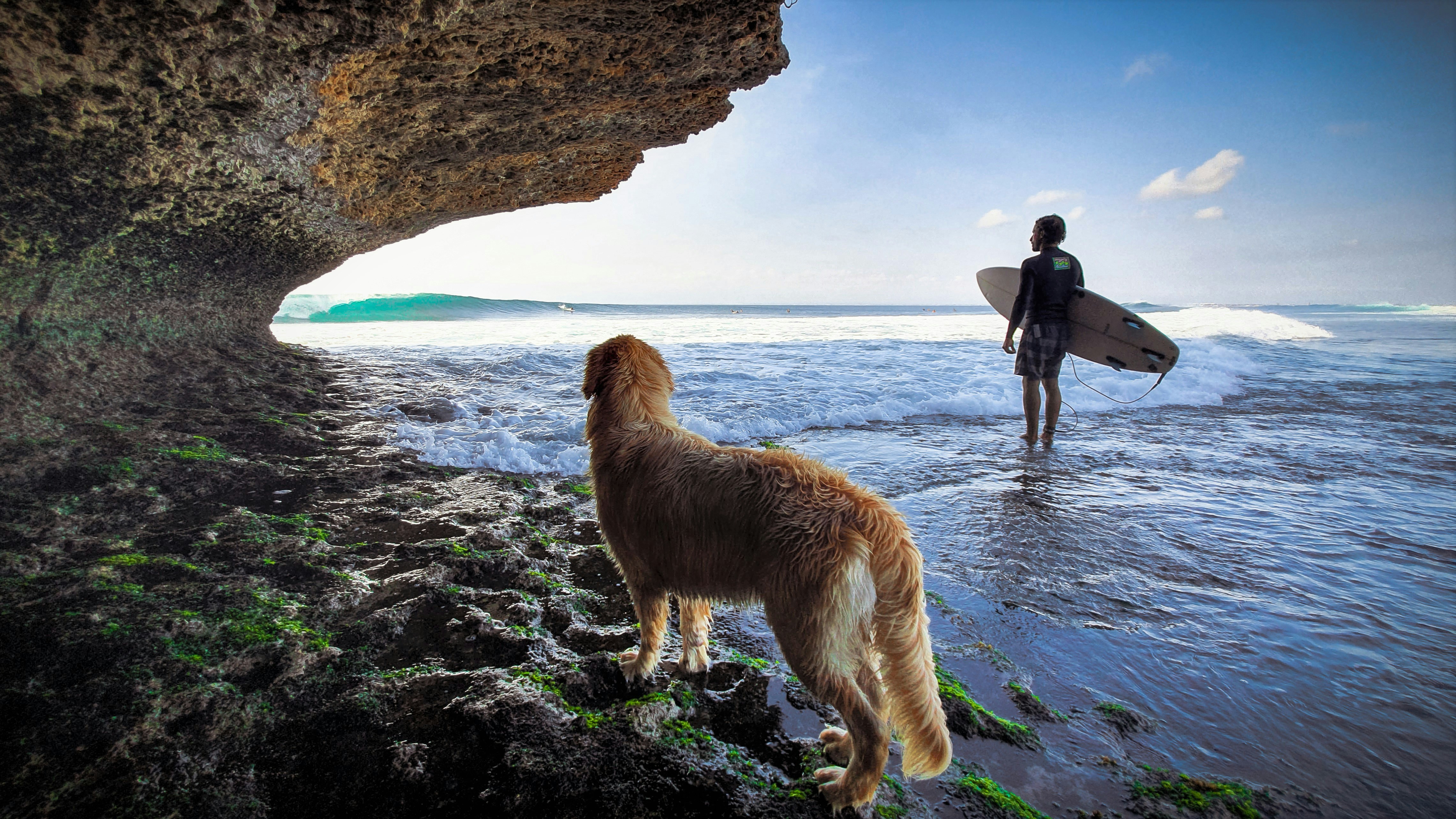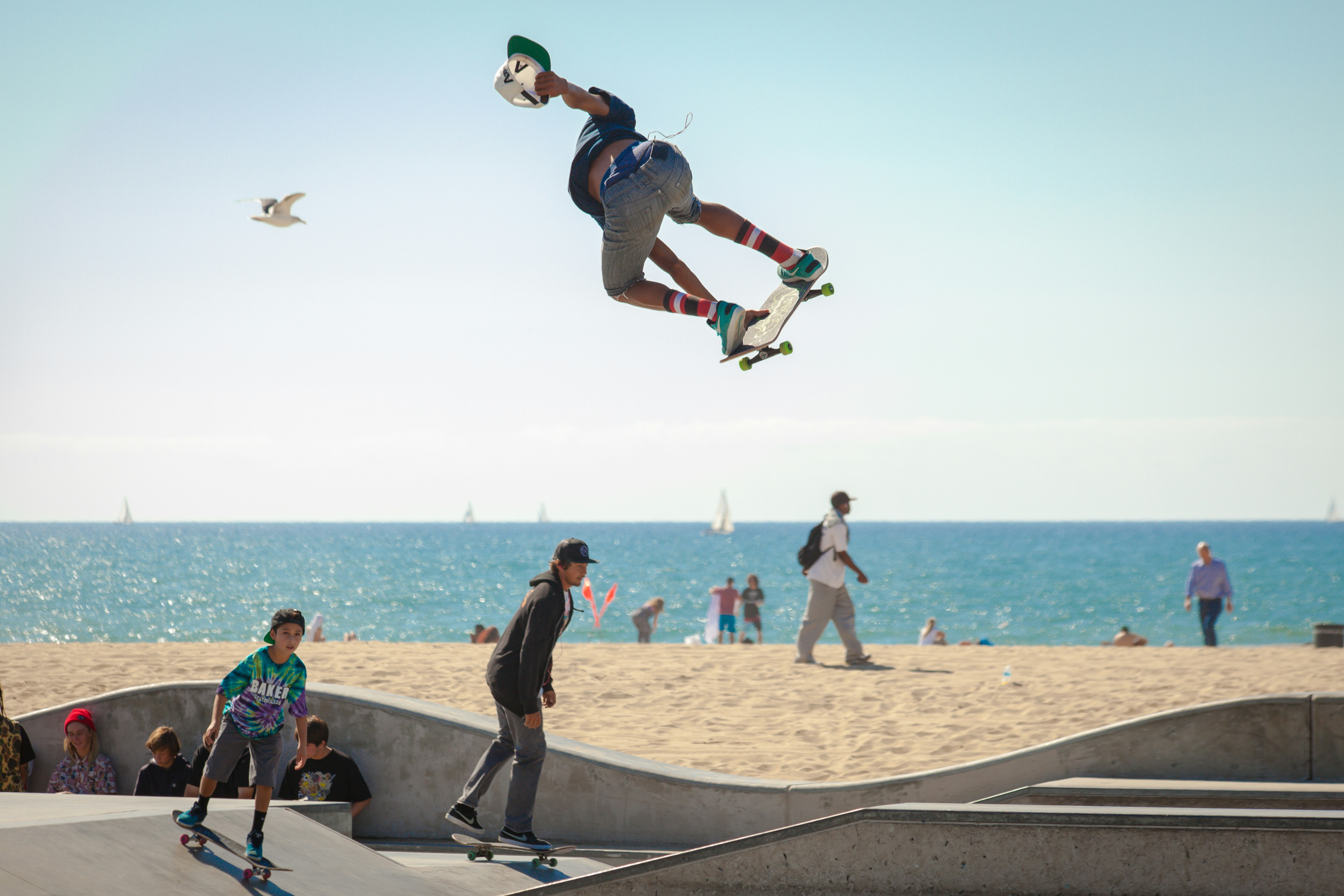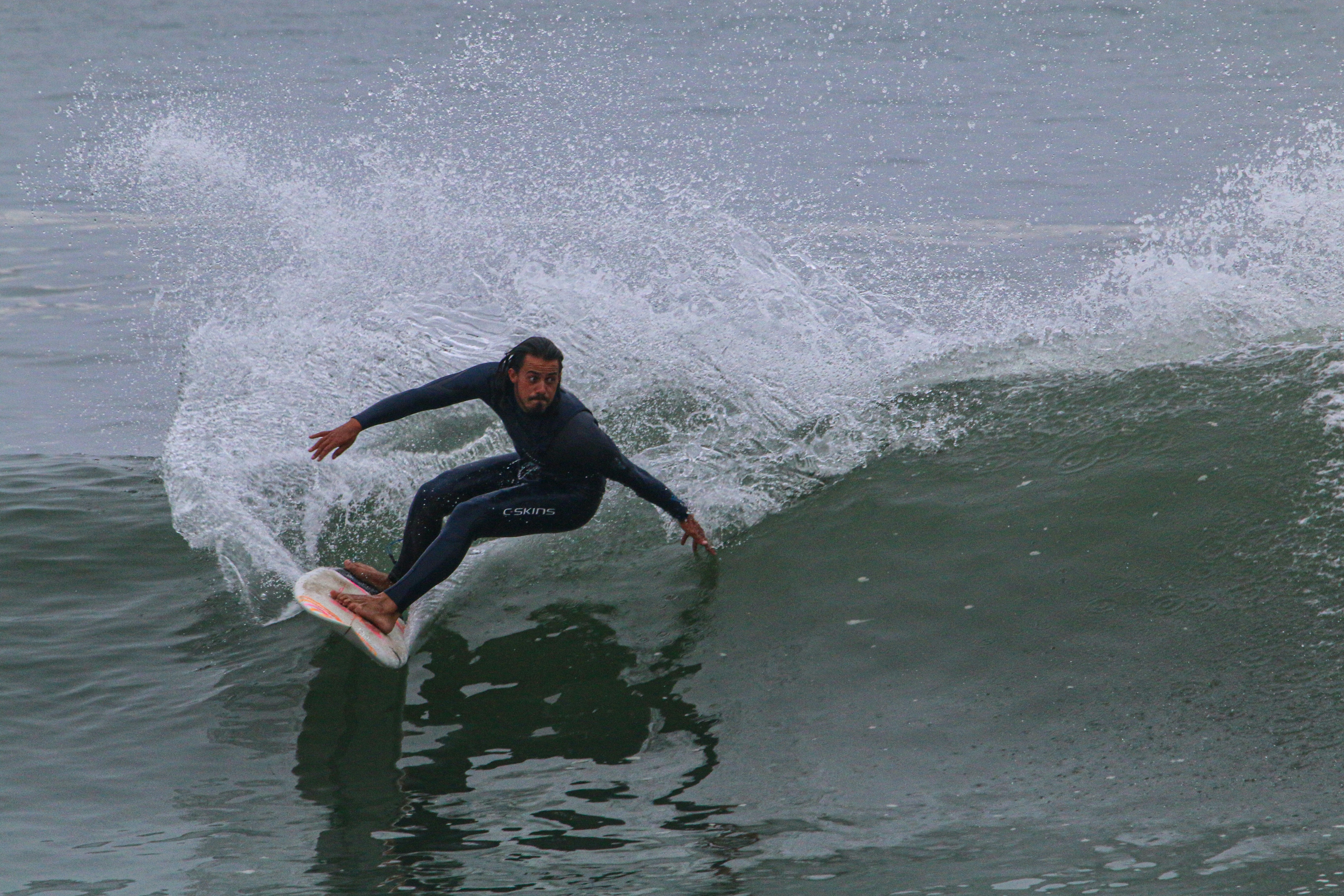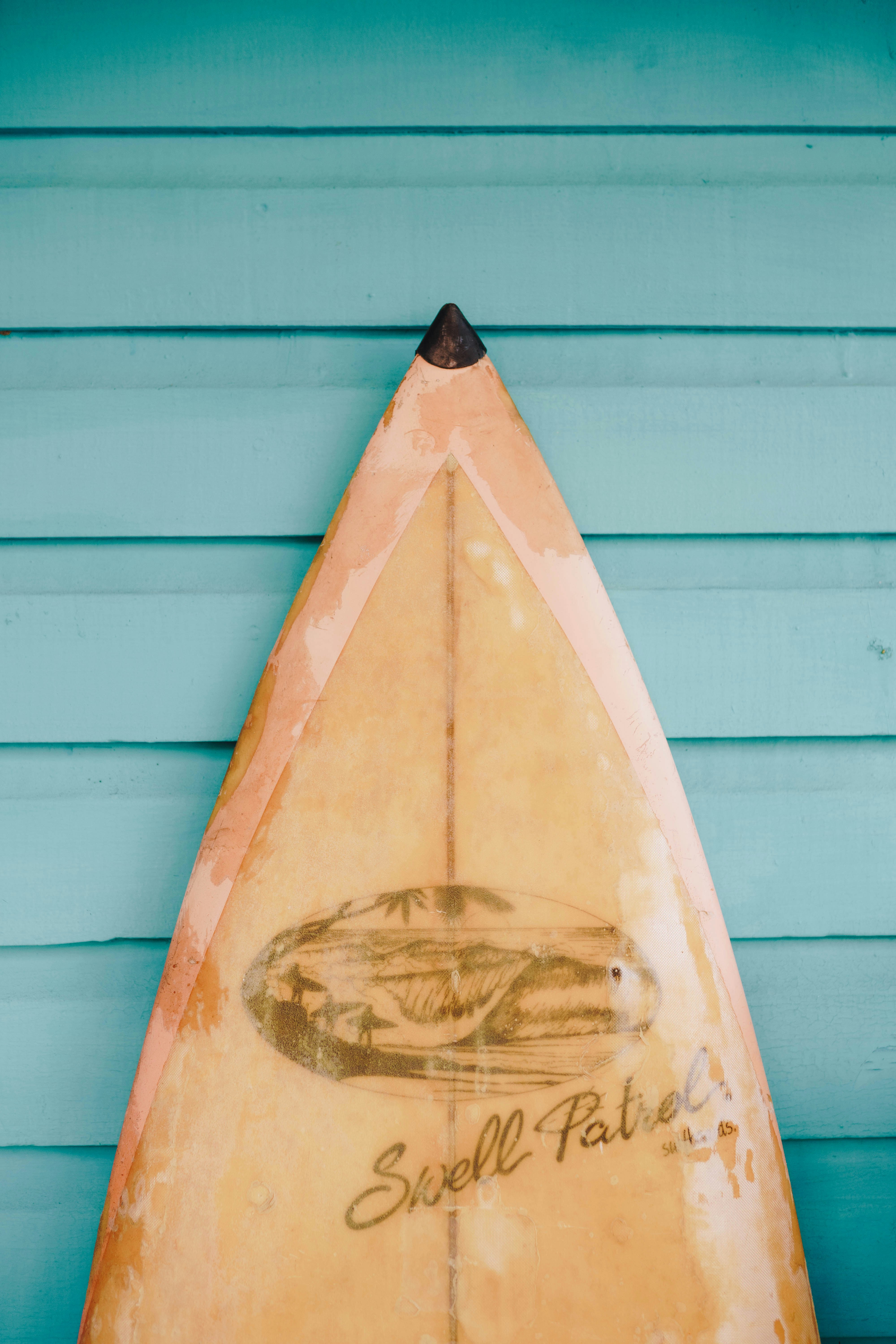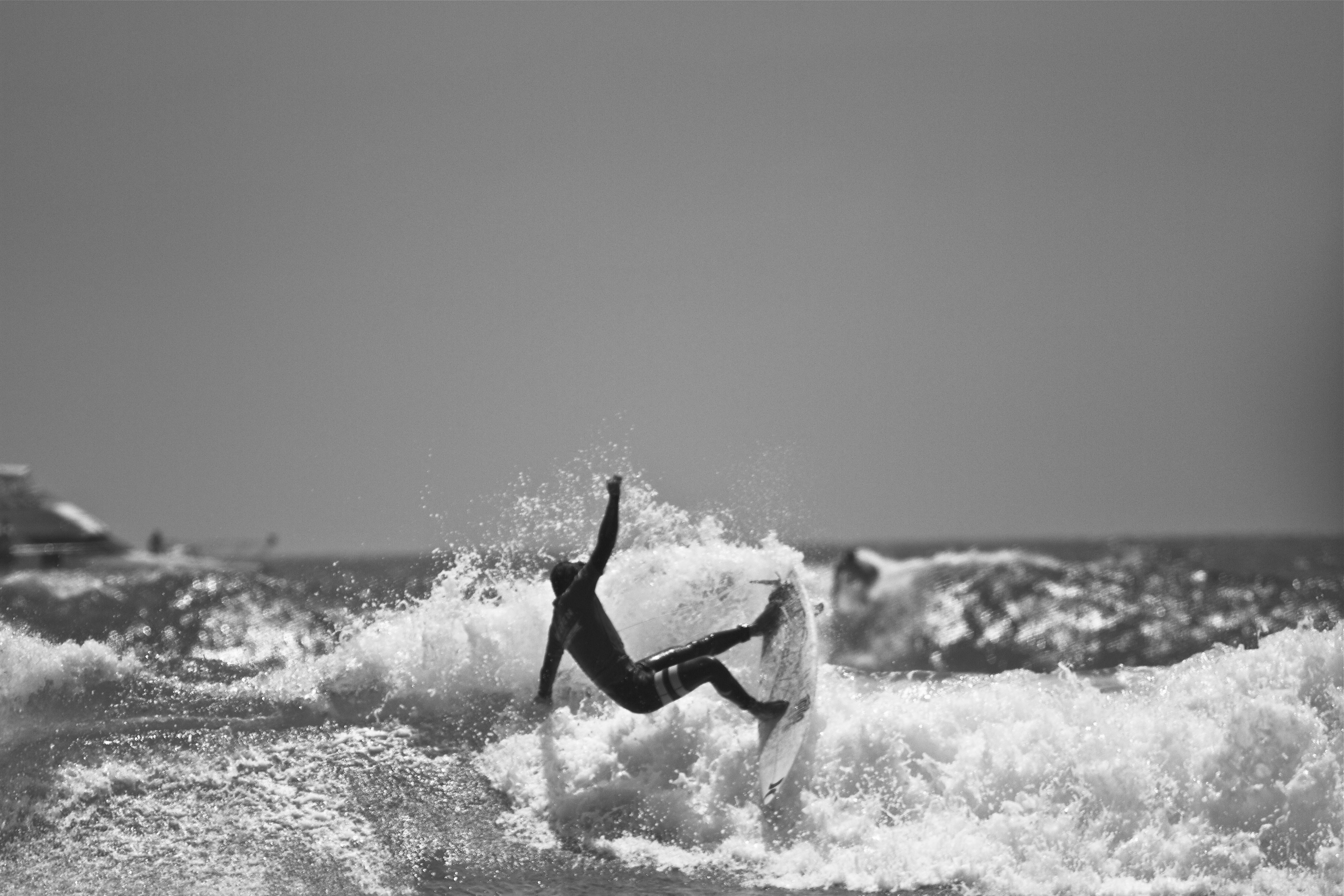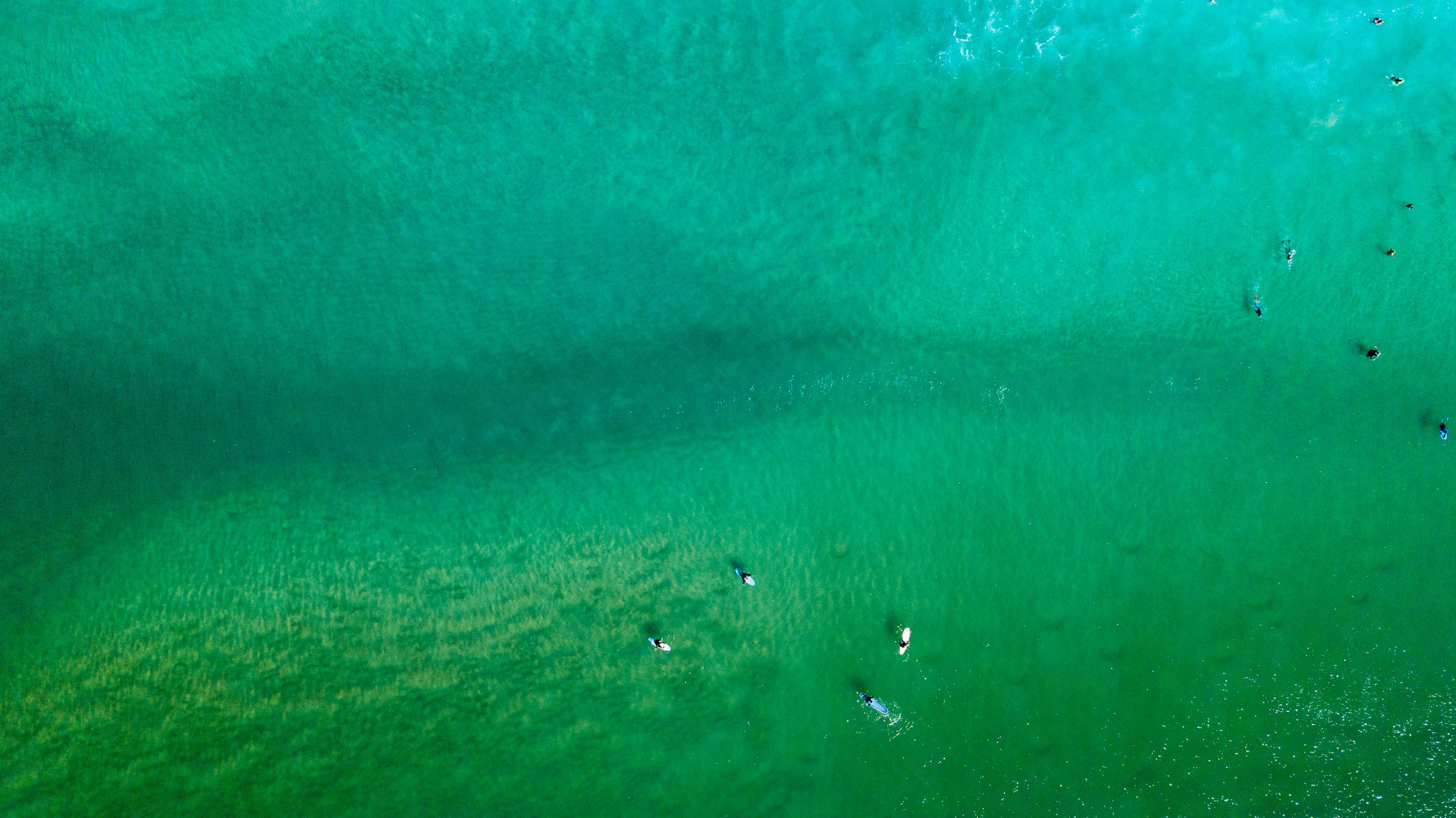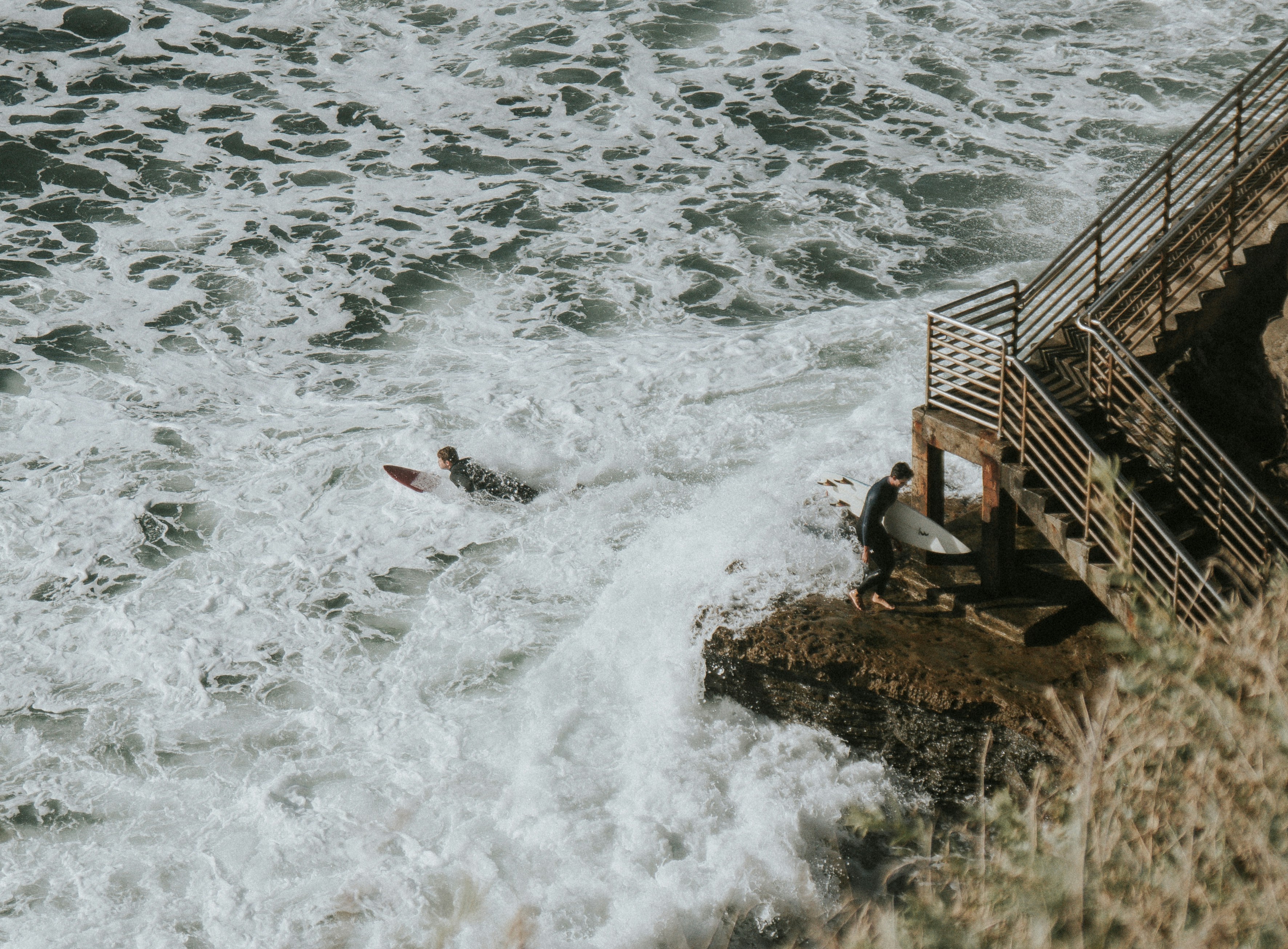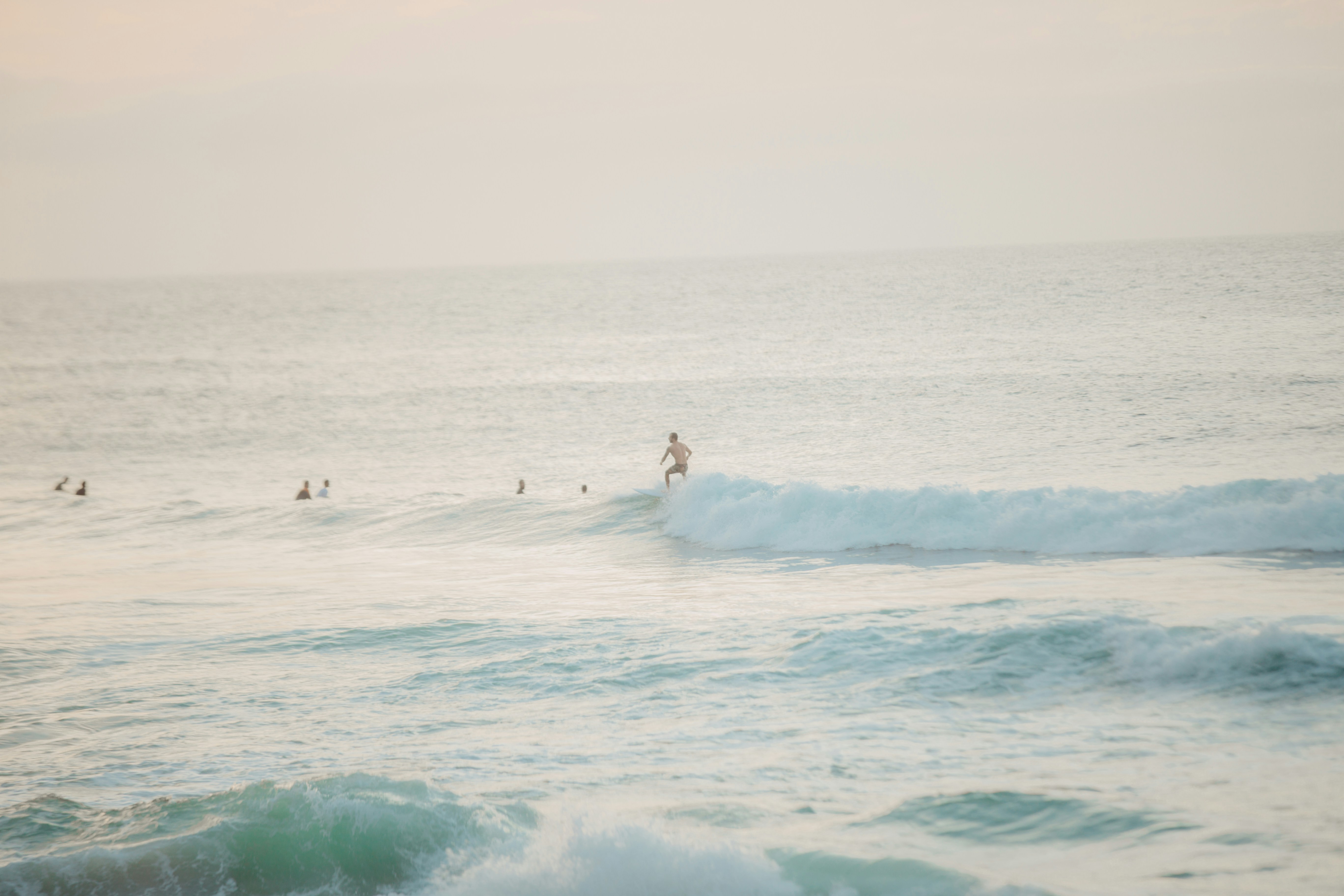-
Sawyer Lindblad and Levi Slawson Crowned Champions at the 2025 Lexus US Open of Surfing Presented by Pacifico
An Overview of the 2025 Lexus US Open of Surfing The 2025 Lexus US Open of Surfing, presented by Pacifico,…
-
Riding the Waves: A Look at Dogs Surfing in California
Introduction to Dogs Surfing Surfing isn’t just for humans anymore; California has become a haven for our four-legged friends to…
-
The Rise and Triumph of Caroline Marks: A Surfing Sensation
Early Life and Influences Caroline Marks was born on February 14, 2002, in a coastal town in Florida, where her…
-
Surfing: Riding the Waves of Global Impact
The History of Surfing and Its Global Spread Surfing is a water sport that has captivated the hearts of many…
-
Navigating the Waves: Surfing Challenges and Criticisms
The Physical Challenges of Surfing Surfing is an exhilarating sport that demands a high level of physical fitness and skill.…
-
The Surf Mentality: Embracing the Ocean and a Way of Life
Understanding the Surf Mentality The surf mentality is more than just an approach to riding waves; it embodies a unique…
-
Exploring the Waves: Surfing Variations and Regional Differences
Introduction to Surfing Variations Surfing is a sport that transcends geographical boundaries, manifesting in a diverse array of styles, techniques,…
-
Riding the Waves of Change: Surfers and Environmental Awareness
The Deep Connection Between Surfers and the Ocean The intrinsic relationship between surfers and the ocean is a phenomenon that…
-
Embracing the Surfing Lifestyle: Values, Culture, and Community
Understanding the Surfing Lifestyle The surfing lifestyle embodies much more than simply riding waves; it represents a profound connection to…
-
Riding the Waves Together: The Essence of the Surfing Community and Camaraderie
The Origins of Surf Culture Surfing, as a cultural phenomenon, traces its roots back to ancient Polynesia, where it was…

